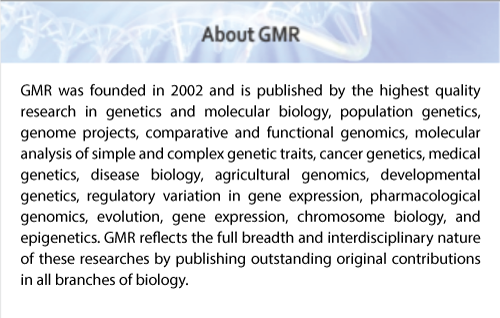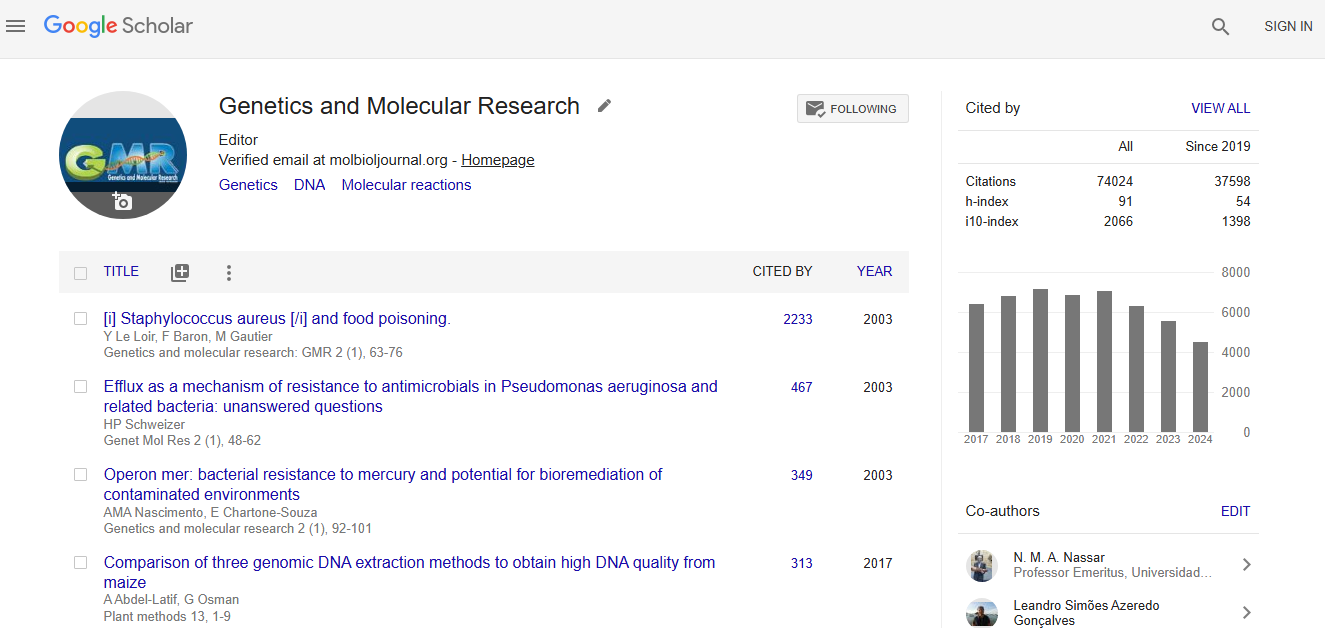Abstract
Incongruent evolution of chromosomal size in rice
Author(s): X. Guo, G. Xu, Y. Zhang, X. Wen, W. Hu and L. FanTo investigate genome size evolution, it is usually informative to compare closely related species that vary dramatically in genome size. A whole genome duplication (polyploidy) that occurred in rice (Oryza sativa) about 70 million years ago has been well documented based on current genome sequencing. The presence of three distinct duplicate blocks from the polyploidy, of which one duplicated segment in a block is intact (no sequencing gap) and less than half the length of its syntenic duplicate segment, provided an excellent opportunity for elucidating the causes of their size variation during the postpolyploid time. The results indicated that incongruent patterns (shrunken, balanced and inflated) of chromosomal size evolution occurred in the three duplicate blocks, spanning over 30 Mb among chromosomes 2, 3, 6, 7, and 10, with an average of 20.3% for each. DNA sequences of chromosomes 2 and 3 appeared to had become as short as about half of their initial sequence lengths, chromosomes 6 and 7 had remained basically balanced, and chromosome 10 had become dramatically enlarged (~70%). The size difference between duplicate segments of rice was mainly caused by variations in non-repetitive DNA loss. Amplification of long terminal repeat retrotransposons also played an important role. More-over, a relationship seems to exist between the chromosomal size differences and the nonhomologous combination in corresponding regions in the rice genome. These findings help shed light on the evolutionary mechanism of genomic sequence variation after polyploidy and genome size evolution.
Impact Factor an Index

Google scholar citation report
Citations : 74024
Genetics and Molecular Research received 74024 citations as per google scholar report
